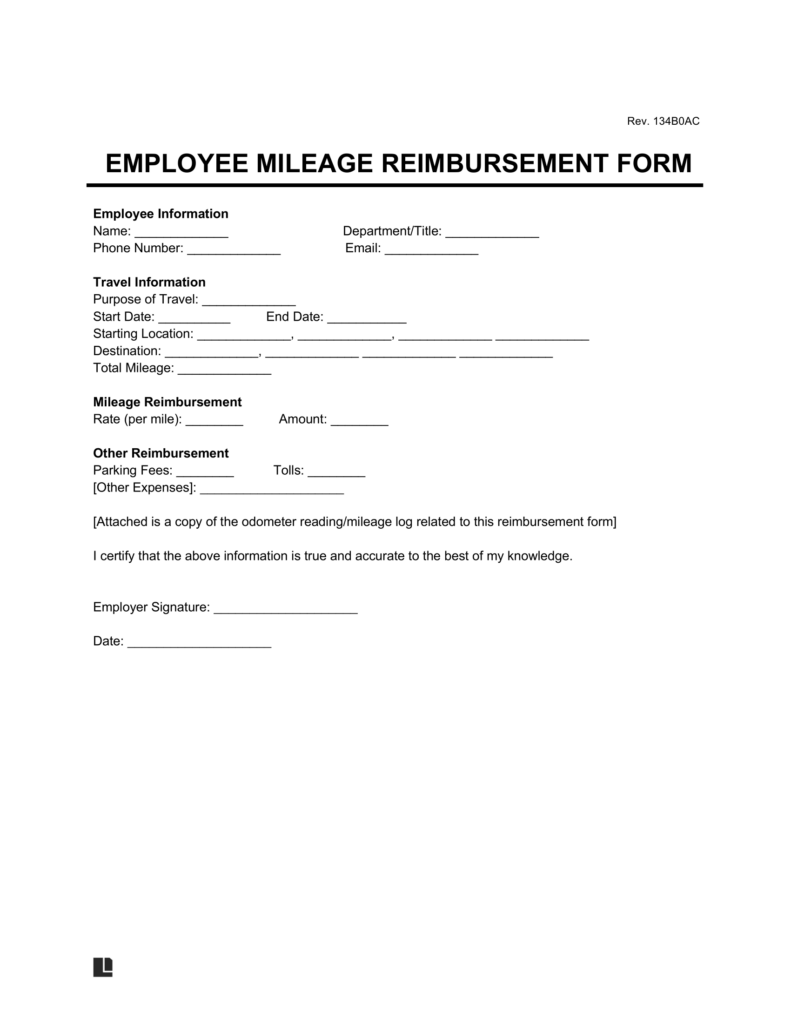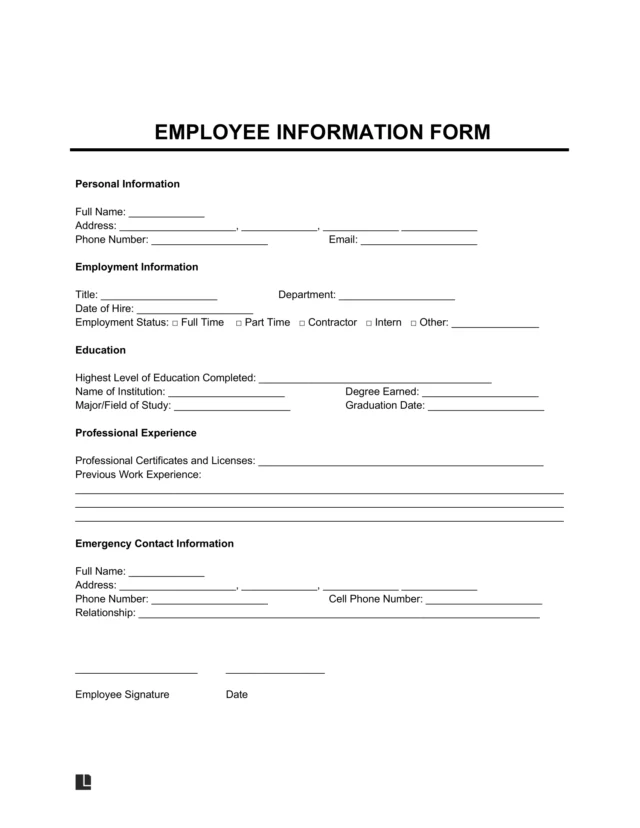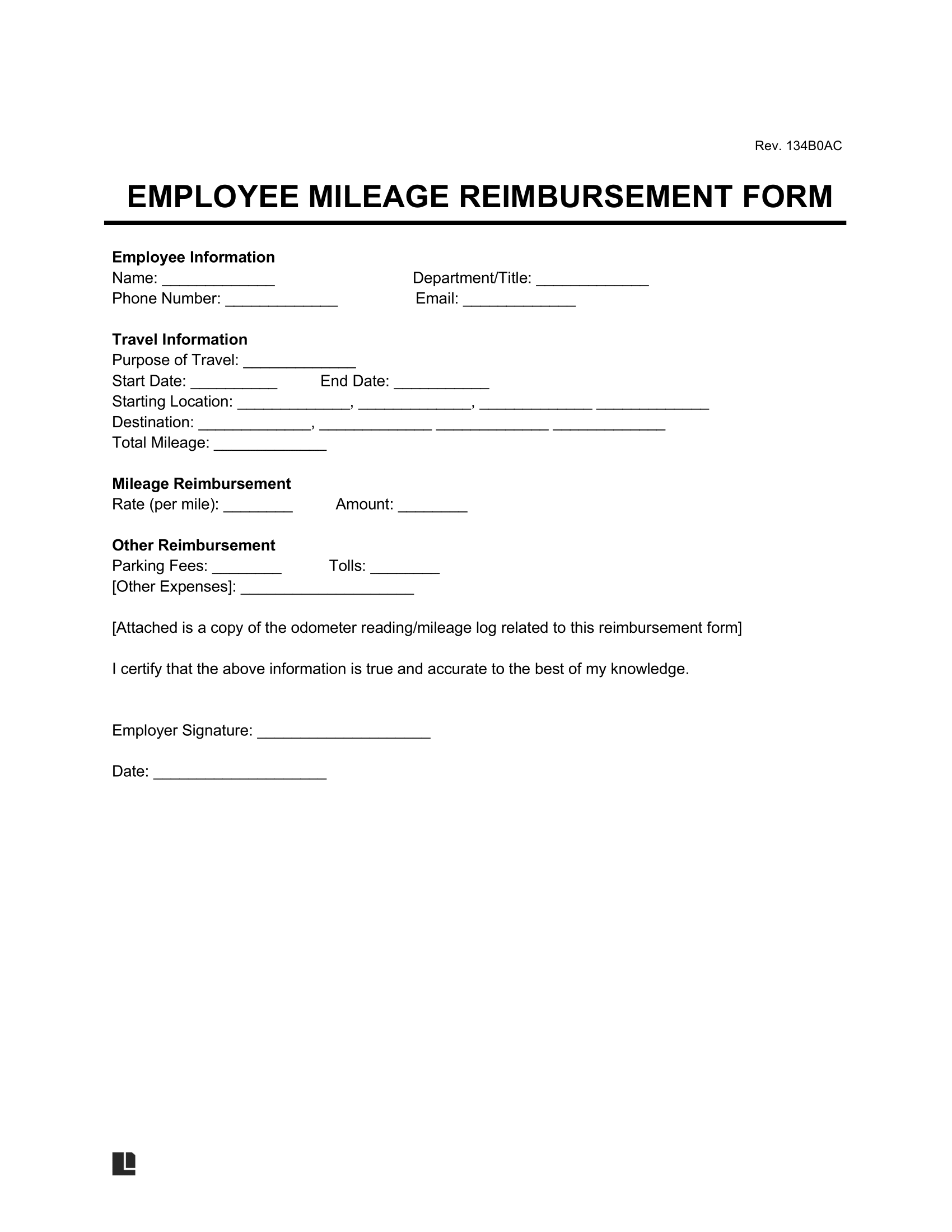A mileage reimbursement form helps employees track mileage for reimbursement per mile. While some companies establish a mileage reimbursement rate based on their calculations, many base their rates on the standard Internal Revenue Service (IRS) mileage rate, which is updated annually.
Qualifying taxpayers can use standard IRS mileage rates or calculate the itemized costs for their qualified vehicle use to claim deductions on their tax returns. An IRS mileage reimbursement form is required to track and calculate mileage expenses for tax purposes.
What is the IRS Mileage Rate?
The IRS mileage rate is a standardized value paid to employees or other taxpayers to compensate for the costs of operating a motor vehicle for business, charity, medical, or moving purposes.
The IRS mileage reimbursement is a valuable tax deduction for taxable entities that clock high hours and long distances for approved purposes. Those filing for a tax deduction must thoroughly document their vehicle usage and calculate their mileage.
For standard deductions, this means tracking miles traveled through odometer readings. Itemized deductions require tracking and documenting fuel expenditures, maintenance, repairs, insurance, and vehicle wear and tear.
IRS mileage rates vary by year and are typically updated annually. Sometimes, the IRS updates rates more than once yearly to keep up with rapid cost fluctuations. Standard mileage rates for prior years include:
IRS Standard Mileage in Cents per Mile [1]
| Tax Period | Business Rate | Charity Rate | Medical/Moving Rate |
|---|---|---|---|
| 2024 | 67 cents/mi | 14 cents/mi | 21 cents/mi |
| 2023 | 65.5 cents/mi | 14 cents/mi | 22 cents/mi |
| 7/1/2022-12/31/2022 | 62.5 cents/mi | 14 cents/mi | 22 cents/mi |
| 1/1/2022-6/30/2022 | 58.5 cents/mi | 14 cents/mi | 18 cents/mi |
| 2021 | 56 cents/mi | 14 cents/mi | 16 cents/mi |
| 2020 | 57.5 cents/mi | 14 cents/mi | 17 cents/mi |
| 2019 | 58 cents/mi | 14 cents/mi | 20 cents/mi |
| 2018 | 54.5 cents/mi | 14 cents/mi | 18 cents/mi |
How the Rates Are Set
The IRS calculates mileage [2] rates based on annual studies of the variable motor vehicle operating costs, including insurance, fuel, and maintenance.
What Does It Cover?
When filing your taxes, you can take a standard mileage deduction or itemize expenses related to your business use of your vehicle. The standard deduction is often more straightforward, but itemizing your costs is better if your vehicle expenses exceed the standard deduction.
- It applies to gas-powered cars, vans, pickup trucks, or panel trucks for business, charity, medical, or active-duty military moving. They can also apply to electric, hybrid-electric, and diesel motor vehicles used for approved purposes.
- IRS mileage deductions do not apply for personal or non-business-related vehicle miles. Moving mileage deductions only apply to active-duty members of the military.
How It’s Calculated
To claim reimbursement, multiply the miles driven by the mileage rate for the tax year you drove. IRS standard mileage rates are calculated based on cents per mile.
Formula
(Total Miles) * (Standard IRS Mileage Rate)
For example, if you drove 50 miles for your business in 2023, your mileage reimbursement calculation would be 5,000 x $0.655 = $3,275.
What Should an IRS Mileage Reimbursement Form Include?
An IRS mileage reimbursement form should include the following:
- Name of the person claiming mileage reimbursement
- Name of the company or entity providing a mileage reimbursement
- Request date
- Total mileage reimbursement amount requested
- Log of each trip included in mileage reimbursement request, including dates, distance traveled in miles, mileage reimbursement rate, and total trip reimbursement
- Parking fees, tolls, and other eligible vehicle-related expenses
You may also include odometer readings for each trip and receipts for tolls and parking fees claimed.
Sample IRS Mileage Reimbursement Form
Simplify your tax deductions using this IRS mileage reimbursement form for 2023 from LegalTemplates, available in fillable PDF and Word formats.

Frequently Asked Questions
Should I track my car expenses or take the standard mileage rate?
The right approach depends on whether the standard deduction is higher than the amount you could claim by itemizing expenses. Speak with a tax preparer to learn which option is best for you.
Do I need receipts to write off my mileage?
You need documentation such as an IRS mileage reimbursement form or log to claim the standard mileage tax deduction. If you file for itemized deductions, keep receipts for all eligible expenses, including fuel, insurance, repairs, maintenance, and vehicle wear.
Are companies required to pay mileage?
According to the US Chamber of Commerce, no federal laws require employers to provide mileage reimbursement, but some states require it for certain businesses. [lt_source id="3"]





